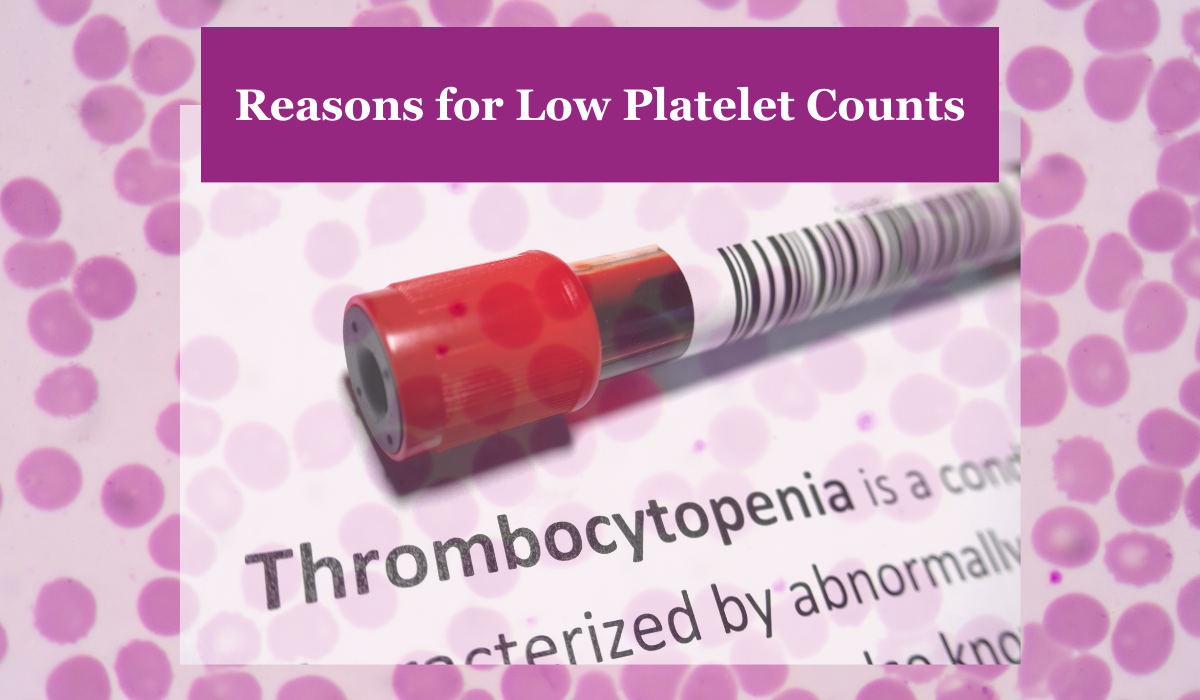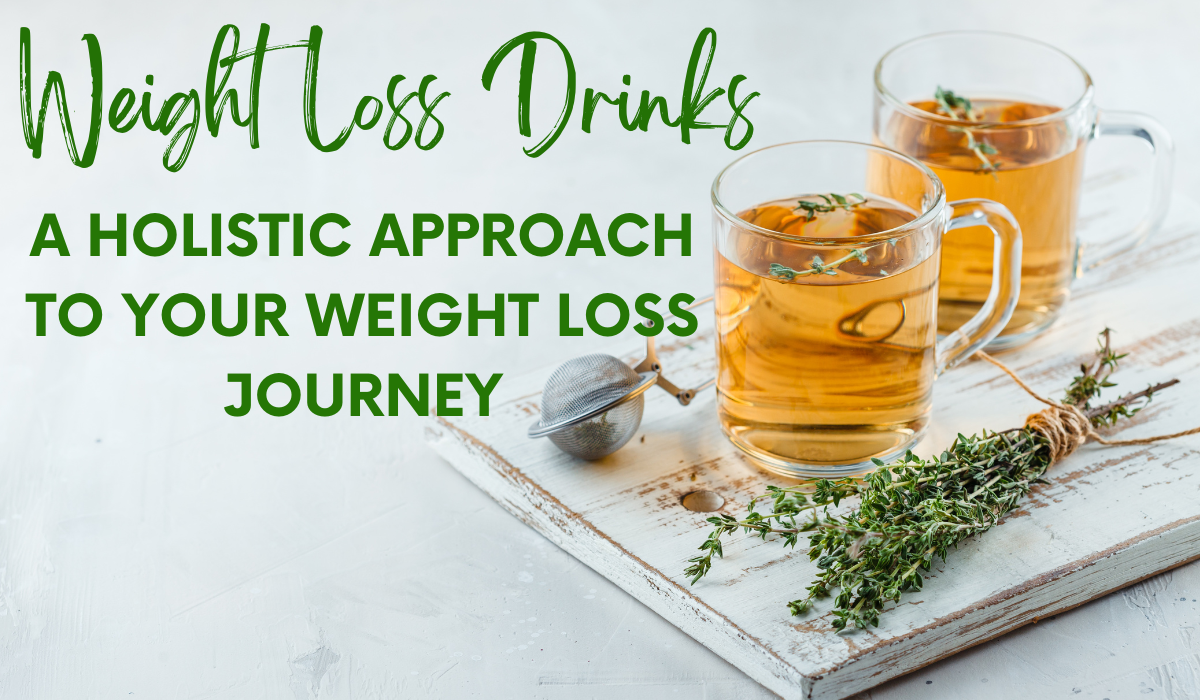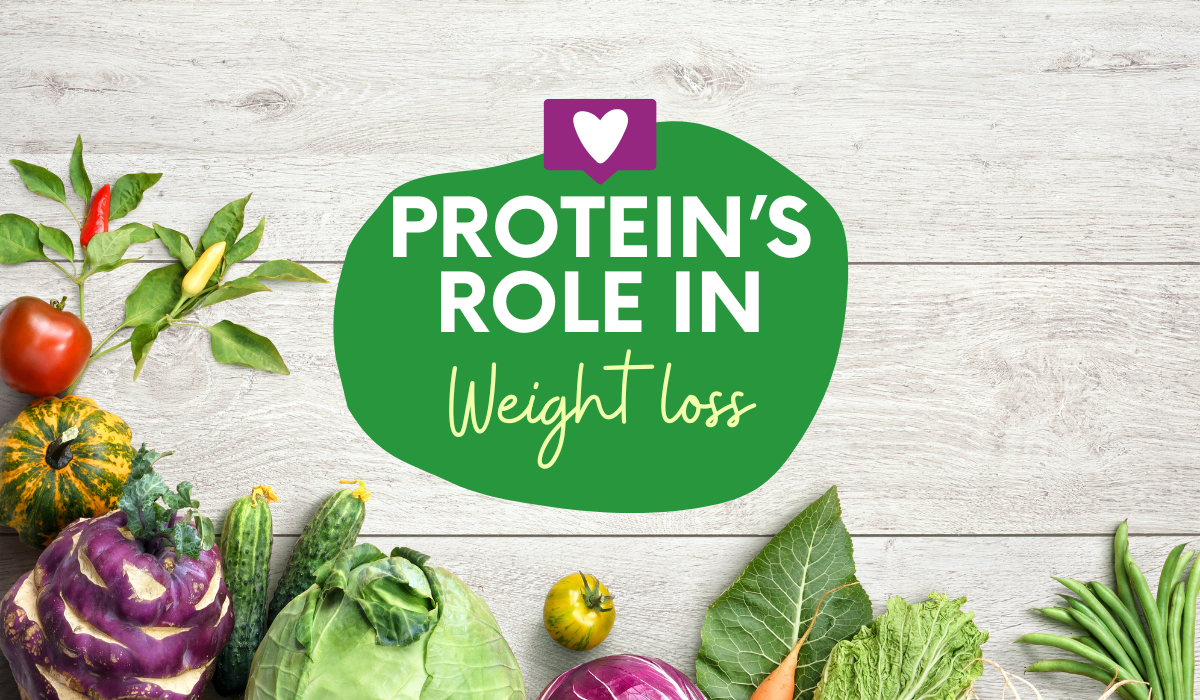Our body has various elements that help it to function properly. Platelets are one of them. They are small colourless cell fragments that are present in blood. The other name for platelets is thrombocytes that are formed in bone marrow.

Role of platelets in our body:
Platelets play a vital role in blood clotting also called coagulation. When blood vessels are damaged the process of coagulation is necessary. When you have an injury, the body sends signals to the platelets and they travel to the site and stop the bleeding by clumping together to form a clot. The formation of blood clots is the result of a protein called fibrin.
Additionally, platelets help to curb inflammation, wound healing and immune response. Below are some key functions of platelets in our body:
Vasoconstriction:
Vasoconstriction is the process of restricting the blood flow in some areas. This process usually occurs during an injury and platelets make sure to release substances that cause blood vessels to reduce blood flow to the injured area. Vasoconstriction ensures to minimise the blood loss during an injury.
Inflammation:
Platelets play a centric role in inflammatory reactions. They release inflammatory mediators and cytokines that initiate the inflammatory reaction and amplify it at the site of injury. It helps to promote the healing process.
Wound healing:
Platelets help in wound healing as they prevent blood loss at the site of the injury. They release growth molecules to form a procoagulant surface favouring thrombin generation and fibrin formation which is a key component in clot formation.
What Happens When Your Platelet Count is Low?
![]()
Low platelet count is a condition called thrombocytopenia. Thermobocyte are platelets and penia means “less of something”. Low platelet count can come with several consequences like:
Increased risk of bleeding:
As mentioned above, platelets play a significant role in blood clotting. Low platelet count means difficulty in forming blood clots. If an injured site would find it difficult to form a blood clot, it means the risk of bleeding will increase.
A person with low platelet count will have to suffer, easy bruising, nosebleed, bleeding gums or prolonged bleeding even from minor injuries and cuts.
Petechiae and Purpura:

You might have experienced purple bruises like spots on your skin. These are not some simple spots that occurred out of nowhere. These spots bleed under the skin surface.

Petechiae are purple spots that occur on skin due to small bleeds under the skin surface while purpura are larger spots due to bleeds under the skin. Both these conditions are the result of low platelet count.
Internal bleeding:
Low platelet count could be life threatening as internal bleeding is one of its consequences. Internal bleeding can occur in organs like gastrointestinal tract, brain or kidneys which could not be visible immediately.
Excessive Menstrual Bleeding:
Women with the condition thrombocytopenia will suffer heavy menstrual bleeding. This may seem normal because a lot of women have a heavy flow during their periods but one should consult a gynaecologist before coming to a conclusion.
Prolonged bleeding:
Low platelet count in the body means difficulty in clot formation. So a person with low platelet count will suffer prolonged bleeding even after a minor injury. They would also suffer the similar situation of prolonged bleeding after surgical processes, dental works or other interventions related to medical treatment.
Reasons For Low Platelet Count:
A low platelet count, or thrombocytopenia, can occur due to various factors. Here are some common reasons for low platelet counts:
Bone marrow disorders:
Platelets are found in bone marrow. If a person has some disorders like aplastic anaemia, leukaemia, myelodysplastic syndrome and certain types of cancer can impact bone marrow’s ability to produce platelets.
Immune system disorders:
Immune system can destroy platelets by attacking them which can lead to a low platelet count. This condition is called thrombocytopenia or idiopathic thrombocytopenic purpura.
Viral Infection:
Viral infections like HIV, hepatitis C, and Epstein-Barr virus could suppress the platelet count. These infections can also lead to immune-mediated destruction of platelets.
Medications:
If a person is going through a chronic disease, the medications can come with side effects which can cause thrombocytopenia. The medication can be certain antibiotics, anticonvulsants, diuretics, chemotherapy drugs or some anticoagulant like heparin.
Alcohol abuse:
Alcohol is bad for you and its overconsumption can come with severe consequences. One such consequence of alcohol abuse is suppression of platelet production in your bone marrow. If your body would not produce bone marrow it would increase the risk of bleeding.
Nutritional deficiencies:
Vitamins and nutrients are essential for your body. Sometimes in the wake of weight loss or gain, people start cutting a particular vitamin or mineral and start thinking it will give them the desired results. But doing so can come with consequences.
The deficiency of certain vitamins and minerals like vitamin B12, folate and iron can reduce or suppress the production of platelets.
Here are a few foods you can include in your diet for:
Vitamin B12- Fish and red meat has the highest content of vitamin B12. You can also include poultry food like eggs. You can also add spinach, beetroot, mushroom and potato.
Folate- Add dark green leafy vegetables like spinach, broccoli, brussel sprouts to your diet to get folate. You can also take beans, peanuts, whole grains etc.
Iron- Meat, poultry, fish, beans, peas, lentils, tofu, spinach are some of the foods that contain iron.
Inherited Disorders:
Inherited disorders like Wiskott-Aldrich syndrome and May-Hegglin anomaly can be a reason for low platelet count in your body causing excessive bleeding even after a minor injury, nosebleed, or dental bleeding.
Pregnancy:
Pregnant women can face gestational thrombocytopenia. It is a mild condition which usually resolves after childbirth. However a pregnant woman with preeclampsia or HELLP syndrome can experience severe thrombocytopenia.
Autoimmune Disorders:
Systemic Lupus erythematosus and rheumatoid arthritis are autoimmune diseases that can cause thrombocytopenia due to immune-mediated destruction of platelets.
Chemotherapy or Radiation Therapy:
Bone marrow function is disrupted by cancer treatments like chemotherapy and radiation therapy. This can affect the production of platelets, hence, reducing the platelet count in the bone marrow. One will experience other blood cell deficiencies as well because of cancer treatments.
Symptoms of low platelet count:
The condition of thrombocytopenia might not have noticeable symptoms especially when the decrease in platelet count is mild. But with time, when the condition will become sever, you will experience a few signs and symptoms which should not be neglected and consulting a doctor should be your priority.
Here are a few symptoms of thrombocytopenia:
Easy Bruising:
Even a minor pressure on your body can cause a bruise on your skin if you are experiencing low platelet count. In the condition of thrombocytopenia the bruises will occur frequently and would be large in size.
Petechiae:
The small red and purple spots start appearing on your skin which is the result of tiny bleeds under the skin surface. You will experience frequent petechiae with a low platelet count.
Purpura:
In the condition of thrombocytopenia or low platelet count, one will experience purpura. They are larger spots of purple and red that appear on your skin when the skin bleeds from inside.
Frequent Nosebleeds:
Frequent nosebleeds can be a symptom of low platelet count in your body. If you are experiencing recurrent nosebleeds you need to immediately consult a doctor.
Bleeding Gums:
Dental bleeding could be a sign of low platelets as well. If you notice bleeding from the gums while brushing your teeth or flossing it may be the result of thrombocytopenia.
Blood in Urine or Stool:
Thrombocytopenia can cause bleeding in the urinary tract or gastrointestinal tract, which can lead to blood in the urine or stool.
Excessive Menstrual Bleeding:
Low platelets count can cause heavy menstrual bleeding in women. This condition is called menorrhagia. If you are experiencing heavy menstrual bleeding, you need to consult a doctor to see if this condition is due to low platelet count.
Prolonged Bleeding from Cuts or Injuries:
Low platelet count will lead to difficulty in forming clots on the injured sites. Thus, minor cuts or injuries will bleed for an extended period before beginning the clotting process.
Blood in Vomit or Coughed-Up Blood:
You can experience blood in vomit or coughed-up blood if you have low platelet count. This is because thrombocytopenia can cause bleeding in the digestive or respiratory tract.
Headaches or Vision Changes:
If the condition of thrombocytopenia becomes severe, the person might experience severe headaches, vision changes or neurological deficit. This is due to the bleeding in the brain also called intracranial haemorrhage caused due to low platelet count in the body.
If you experience any of the above symptoms, you need to seek medical help. Do not wait around for these symptoms to get frequent and severe. The condition of thrombocytopenia needs medical attention as soon as possible because proper management and diagnosis are crucial for preventing complications.
Treatment for thrombocytopenia:
Thrombocytopenia treatment depends upon its underlying cause, severity and the presence of any associated symptoms. Here are a few approaches for treating:
Addressing Underlying Causes:
Thrombocytopenia can be caused by an underlying medical condition, like an infection of autoimmune disease. Other underlying causes can be side effects of medication. One needs to address these underlying causes to help improve the platelet count.
If you are taking some medication, you should know about their side effects and talk to your doctor about it in length. They may adjust the medication for you.
Medications:
If your body has low platelet count, they might include medications in your treatment. The medications are prescribed to stimulate the production of platelets in bone marrow.
Platelet Transfusions:
Platelet transfusion is a treatment reserved for severe cases or emergency situations of thrombocytopenia. In such situations, there is a high risk of bleeding because of the severity of the condition. Platelet transfusion is necessary in severe thrombocytopenia to rapidly increase the platelet levels and prevent bleeding complications.
Intravenous Immunoglobulin (IVIG):
IVIg therapy is given to people who have weakened immune systems to fight off diseases. This therapy is used in immune-mediated thrombocytopenia so the immune system does not attack the platelets and its count can be increased. IVIg is a temporary measure to manage acute episodes of thrombocytopenia.
Splenectomy:
Sometimes the removal of spleen is necessary in cases of chronic immune thrombocytopenia as these cases do not respond to other treatments. In such cases surgical removal of the spleen, splenectomy is considered. Spleen is responsible for the destruction of platelets in many cases.
Avoiding Activities that Increase Bleeding Risk:
If a person is going through the condition of thrombocytopenia, they should avoid activities that might increase the risk of bleeding. Avoid activities like contact sports can lead to injury or trauma increasing the risk of prolonged bleeding.
Lifestyle Changes:
Some lifestyle changes should be made a necessity like avoiding alcohol and non-prescription medications. Make a healthy meal plan a part of your life that will help improve platelet count in some cases.
Consult a doctor if you have any of the symptoms of thrombocytopenia and they will suggest you essential lifestyle changes according to the severity and underlying causes of your condition.
Only healthcare professionals can help you get the most appropriate treatment of your condition because the severity and underlying causes of thrombocytopenia can vary in each individual. The ultimate goal of every treatment is to improve the platelet counts to improve the overall health of the individual.
Foods To Avoid in Thrombocytopenia:
Thrombocytopenia is a condition in which the platelet count in your body decreases. In such a case there are some foods that you need to avoid to get the situation under control or at least avoid its severity.
- Avoid sugar, sodium and saturated fat intake.
- You should exclude alcohol and alcoholic beverages at all costs. Alcohol consumption suppresses the production of platelets in your body.
- You have to exclude saturated foods like meat and high fat dairy products. You also need to avoid trans fat that is found in processed food. Fried food is not your friend in the condition of thrombocytopenia.
- Avoid refined sugar. Foods like candies, cakes, donuts and sodas should be a big no in the lifestyle of a person with low platelet counts.
- Avoid blood thinning foods like coffee, garlic, ginger in high quantities.
Foods to Add in Thrombocytopenia:
- Eat fresh fruits and vegetables, especially the ones that include iron, folate, vitamin B12. The deficiency of these particular vitamins and minerals are responsible for low platelet count. You can choose from fruits and vegetables like berries, citrus fruits, leafy vegetables like spinach, broccoli and other veggies like carrots, bell peppers and sweet potatoes.
- Include foods that contain healthy fat like nuts, peanut butter, avocado, fish (salmon is an excellent option to add in your diet).
- Drinking plenty of water and other fluid hydration is important for your overall health. A hydrated body is essential for maintaining blood volume and circulation. But ensure to include sugar-free drinks. You can choose from a variety of detox-drinks as well like cucumber water, rosemary water, lime water etc.
- Citrus fruits, strawberries, kiwi, bell peppers and broccoli should also be a significant part of your diet because they are rich in vitamin C.
- Protein is essential for your body as it makes the building blocks of the body. Lean protein helps in weight loss and food rich in lean protein is an excellent source for building and repairing blood vessels and supporting the immune system.
Conclusion:
Thrombocytopenia could start as a mild condition and since the symptoms are not immediately visible, it can lead to being a severe condition. It is better to consider medical help, the moment you experience any of the symptoms of low platelet count.
If you are experiencing thrombocytopenia, you need to make changes in your lifestyle and dietary plans after consulting a proper nutritionist, so they can help you according to the severity of your case.




